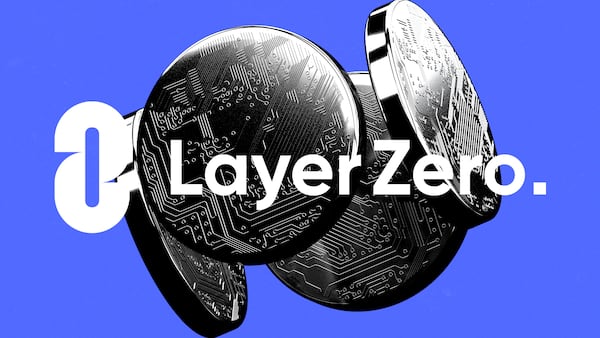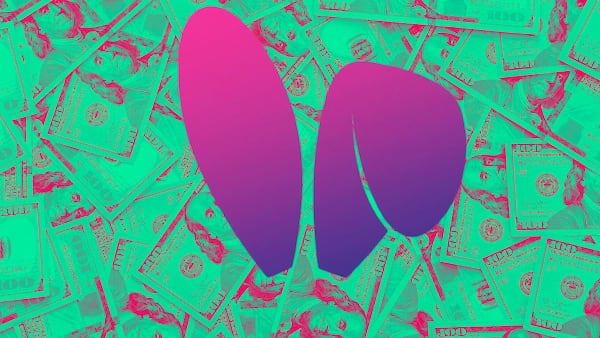- New research and essays have rekindled an industry debate over 'fully diluted value.'
- Some have argued that predatory tokenomics are becoming more commonplace.
- One class of token has avoided these pitfalls.
The long simmering debate around the’ “fully-diluted value” of tokens is back on a boil. On Friday, Binance published research showing how tokens are increasingly launching with a limited supply and sky-high valuations.
It prompted a flurry of responses from crypto developers, investors, and more.
Cobie, the influential pseudonymous crypto investor, urged retail investors to shun newly-launched tokens in a widely-circulated essay.
Fully-diluted value, or FDV, is among the most controversial topics in crypto. But what exactly is it, and why did Binance’s commentary set the crypto community aflutter?
What is FDV?
In crypto, many tokens follow the example set by Bitcoin: they have a finite supply, most of which will be released incrementally, over a multi-year period. Sometime around the year 2140, all 21 million Bitcoin will have entered circulation.
Bitcoin was trading just above $70,000 Tuesday. With roughly 19.7 million Bitcoin in circulation, the cryptocurrency’s market capitalisation was about $1.3 trillion.
Bitcoin’s fully-diluted valuation refers to the market capitalisation of Bitcoin if all 21 million were in circulation. Crucially, it assumes that Bitcoin would still be trading at the same price it is today.
FDV became a key metric after crypto developers responded to a regulatory crackdown on initial coin offerings in 2018 and began tapping venture capital to raise money.
Venture-driven model
The metric was useful because under the venture-driven model a relatively small portion of any given token is typically tradable at launch. The remainder is set aside for a project’s developers, investors, and an affiliated nonprofit tasked with doling out grants to lure users.
Those set-aside tokens are typically locked for a period of one to three years.
In other words, new tokens would launch with limited supply, making their price more sensitive to large or frequent trades.
‘The FDVs of tokens launched in these initial months are already nearing the total for 2023.’
— Binance Research
Critics warned retail investors to avoid tokens with an especially “low float,” or low circulating supply, arguing that eventual flood of new tokens — from developers and venture capitalists who’d been holding onto their shares due to lock ups — would decimate the tokens’ price.
In the heady days of 2021, some investors ignored that warning. The market was on a tear, and every launch seemed to mint a new set of millionaires.
By the time FTX collapsed in November 2022, however, the supposedly exploitative nature of “low float, high FDV” tokens was conventional wisdom.
Cobie’s take
But those tokens are becoming more common, according to Binance Research.
“Although we are only a couple of months into 2024, the FDVs of tokens launched in these initial months are already nearing the total for 2023, underscoring the prevalence of tokens with high valuations,” researchers wrote.
Some took issue with Binance’s methodology, arguing the relatively high FDV of tokens launched in 2024 is a byproduct of crypto’s rally earlier this year — in other words, a rising tide lifts all boats.
“Valuations within an asset class tend to move together,” Doug Colkitt, the founder of DeFi protocol Ambient Finance, wrote. “New token launches tend to trade at a relatively fixed ratio to ETH.”
Others pointed out that most new tokens listed on Binance have lost value since their listing date.
In his essay published Sunday, Cobie argued that retail investors should avoid newly-launched tokens.
That’s because an ever-greater share of tokens’ price discovery is happening in private markets, according to Binance Research. That means venture capitalists are buying tokens at a set price pre-launch, or trading the rights to tokens post-launch but prior to their unlock.
Private capture
“Effectively, massive private market raises lead to multi-billion dollar valuations at launch, making it more challenging for public market investors to profit from future growth,” the researchers wrote.
This trend can be seen in investment data. Over the past several years, the returns on newly-launched tokens have dwindled, according to Cobie.
“It is currently not possible to ‘be early’ to new token launches — as we have seen, the private capture of upside happened in an inaccessible way,” he wrote.
“In fact, opting out and protesting with lack of participation seems like the correct response to a lot of recent token launches.”
Memecoins soar
Ironically, the most “useless” tokens have avoided these pitfalls.
Memecoins, which live and die entirely off hype, rather than market fundamentals, typically launch with their entire supply available to buy and trade from the get-go, according to Binance Research.
“Memecoins are typically launched in a way that is accessible to anyone, with little opportunity for institutional participants to acquire tokens at a low cost ahead of time,” the researchers wrote.
No other token has performed as well this calendar year.
Aleks Gilbert is a New York-based reporter covering DeFi. Got a tip? Email him at aleks@dlnews.com.







